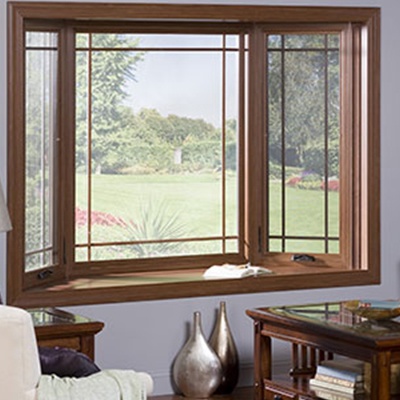Condensation is a sure sign that your home windows have to be replaced.
Windows are a crucial obstacle in between the severe, variable weather conditions outside and our calm, consistent home temperatures. Home replacement windows quite often have a fifteen to twenty-year lifespan, so luckily we don't have to think of replacing them frequently. However understanding when it's time to replace them can be difficult. You could be tempted to try and hold out for another season if you notice the warning signs. But changing your home windows now could help you prolong the life of your entire house and maintain you and also your household warm all winter long. Right here are a couple of indications that your home windows are not prepared for the extreme winter season this year.
Drafty Residence
As windows age, they begin shrinking, damaging, and not shutting appropriately, enabling air from within your the home of flow out. As a result of this, your COOLING AND HEATING system battles to maintain your home at a continuous temperature level and sends your power expenses skyrocketing. If your house is noticeably a lot more breezy or your electric bills seem to be rising this fall for no apparent reason, you may wish to have your windows had a look at.
Hard to Lock
We appreciate having our home windows open when the weather is nice, however they shouldn't be open every one of the time. During the wintertime and when we're not home, your home windows ought to be shut in area and secured. Windows with malfunctioning locks is a significant safety danger that should be treated immediately to keep your family members secure. Commonly the lock can be repaired cheaply, yet if the home window is having difficulty remaining open or shut or is dripping air, it could be best to merely set up a new one.
Condensation Forming
The greatest indicator that you need new windows is when condensation begins to base on the within your window when it is shut and also secured. This is a measure of a likely incurable defect and must be resolved as soon as possible to avoid the possible growth of mold in the framework, which could infect other areas of your home as well as create serious damage when left untreated.
Have you practically had it with your old, breezy home windows?
Is this the year you've chosen to lastly replace your windows? Replacing your windows with new ones includes lots of advantages, consisting of an energy effectiveness boost, far better air flow, and much better quality of light in your house. The National Fenestration Ranking Council licenses as well as identifies windows (along with doors and also skylights) on their efficiency and energy performance. When you're buying new windows you'll see these rankings on the NFRC label. In this week's blog site, we'll talk about how to read this tag to make certain you're making an educated decision on your brand-new home windows.
Warm Gain and Loss
The initial three buildings on the label relate to just how the window does when it come to warm gain and loss. Windows gain as well as lose heat in 3 ways:
Direct conduction via the glass.
Radiation of heat from the sun into your house, and outdoors from things in the house.
Air leakage via as well as around the window.
U-factor
This is "The rate at which a window, door, or skylight performs non-solar warmth circulation." The takeaway right here is "The lower the U-factor, the much more energy-efficient the window, door, or skylight."

Solar Warmth Gain Coefficient
The SHGC tells us how much radiation is confessed with the window and also released as warmth in the home. The reduced the number, the less warmth is transmitted. However, this doesn't necessarily suggest you want a reduced SHGC. As an example, since a greater SGHC implies the window permits extra click here warmth in, you can enable a lot more solar warm inside in the winter season, which might decrease your home heating needs. In this case, the climate you reside in will certainly play a major consider choosing an SHGC ranking.
Air Leak
This quantifies how much air the window allows about a specific pressure difference throughout it. The lower the rating, the much less air leak.
Sunlight Transmittance
The next two rankings measure just how much light a home window allows into your house.
Noticeable Passage (VT).
This number between 0 and also 1 steps what fraction of the range of noticeable light the window lets through. The higher the portion, the extra light the window will certainly enable. If you want to utilize daylighting in your house, you'll desire a higher fraction. If you wish to lower indoor glow, you may desire a lower portion.
Light-to-Solar Gain.
This number is the ratio between the SHGC as well as the VT. "The higher the number, the a lot more light sent without including too much quantities of warmth.".